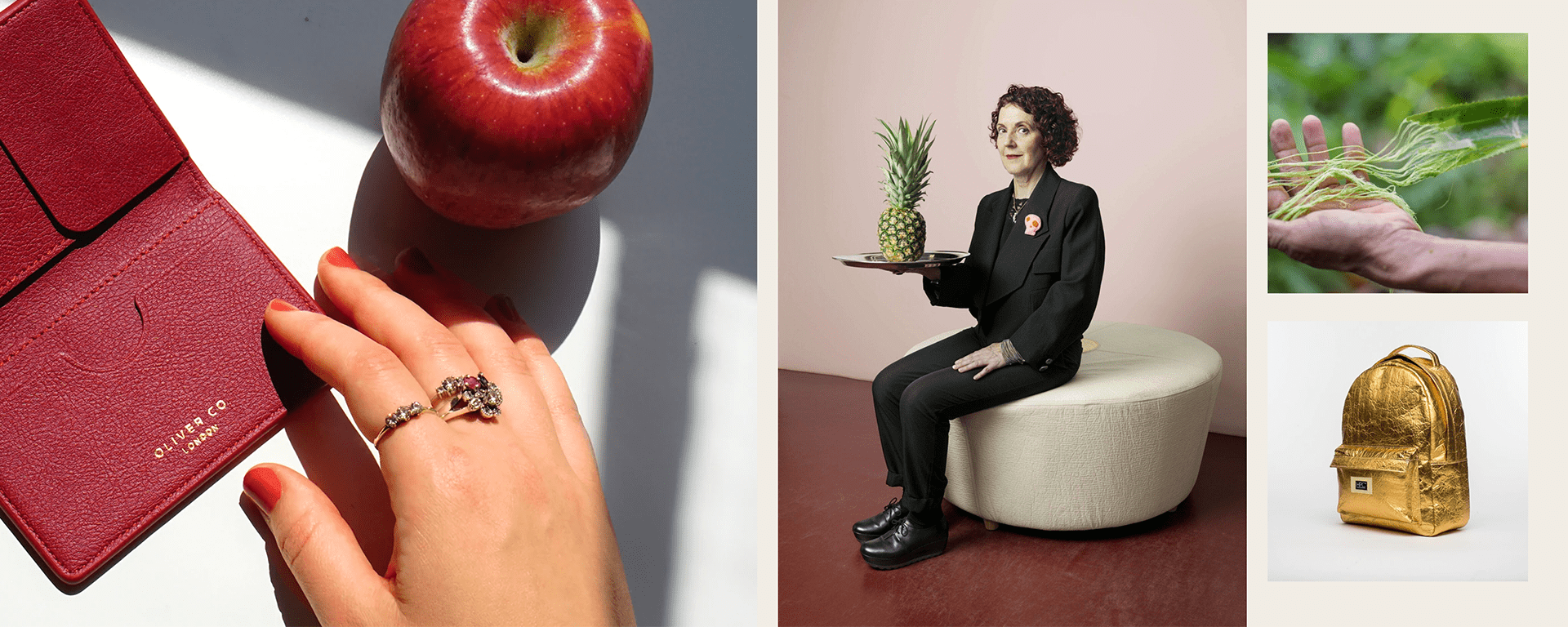
How digital fashion can save the planet
Digital fashion – 3D representation of clothes – has been undoubtedly becoming a buzzword

There’s no doubt we as humanity are in the middle of the clothing crisis. We produce 80 billion of clothing worldwide yearly wasting environmental resources. In fact, 10% of all CO2 emissions are created by the fashion industry making it one of the most polluting industries in the world.
Once old clothing gets to landfills and decomposes, it produces a greenhouse gas called methane which is five times more potent greenhouse gas than CO2. Sounds pretty bad, doesn’t it?
How do we start tackling this problem on an individual level? The first step is awareness, and the second step is your closet clean-up. As you purge your closet and old fashion habits, pay attention to the clothing you no longer want to wear. It’s probably in the Donate pile, waiting for the final verdict.
The Donate pile might be the largest among your castaway clothing. New York and New Jersey Goodwill stores alone collect 85.7 million pounds of clothes every year. Unfortunately, according to Smart, an association of used clothing collectors, only 20-25% of this clothing is sold through thrift stores. Why? Charity stores have huge problems with receiving items that are destroyed, solid, and unusable. The remaining 80% of the received donations go on a journey to local landfills and third world countries like Pakistan, Ghana, and Malaysia.
To have a quick peek at this journey, watch the short (and free) documentary Unravel: The final resting place of your cast-off clothing.
Donated clothing sent abroad by charities is frequently not getting resold and reused at all. Elizabeth L. Cline, the author of The Conscious Closet: The Revolutionary Guide to Looking Good While Doing Good, recollects traveling to Nairobi to investigate it. She discovered that it’s harder and harder for the 40,000 second hand clothes dealers to resell low-quality and often dirty fast fashion items we donate. Not surprising that 40% of used clothing imported to Ghana is so damaged that it immediately travels to landfills and gets either burned or buried, polluting the environment.
There is a common misconception that donation centers give away clothing to your local communities, but in fact, this hasn’t been true for quite some time now. However, that 20-25% of clothing donations that stay in the US do get sold. Elizabeth L. Cline gives the following tips on how to wisely choose a charity for your castoff garments.
Websites like Charity Watch, Charity Navigator and Better Business Bureau will help you search for hundreds of American charities and choose the most reputable ones.
Here is a list of some charities where you can donate your gently used clothing, shoes, and accessories.
Have you seen colorful clothing donation bins that look like giant mailboxes? These need to be taken with a grain of salt because while some raise cash for charity, others work for profit or masquerade as charities. Look for the charity name and contact info, as well as a description of what they will do with the clothing. Do a quick Google search just to make sure.
Check local homeless shelters, churches and crisis centers and find out when the next clothing drive, and if they are accepting donations.

The golden rule of clothing donations is this: only donate items that are in a usable condition. This excludes stuff like old underwear, a lonely sock or a pair of pants with a broken zipper.
Making sure your items are clean will help it not end up in a landfill somewhere far away. Also think about people who will be working on your clothes after. Inspect pockets and look for tissues, shopping receipts, coins – maybe you’ll find a $100 bill you thought you lost a year ago.
Shoes should be donated in pairs, so tie them together with a shoelace or a rubber band to prevent sad separation.
While donating, never leave bags with clothing donations unattended. The clothes will get wet, have mildew, and ultimately end up in landfill.
Now that you know all these hardships of the modern textile donation process, go through your donate pile again and see if it has anything you want to sell, give away to friends or give a second chance. Then wash the clothing you decide to donate, pack in a box, and drop off at a reliable local charity. You are one step closer to being a sustainable fashionista.
Like the curation? Share it.
Shop sustainable clothing while learning about its positive impact on the planet.

Digital fashion – 3D representation of clothes – has been undoubtedly becoming a buzzword

A capsule wardrobe is a marriage of two things. First is a Base wardrobe

Leather has been around since the dawn of humanity, sheltering our ancestors from inclement

Did you know that the number of items we purchase every year has doubled

Here at Sparkpick we think a lot about body shapes, because knowing your body

When we think of sustainable fashion, the word “trends” may not be the first

In this post, we’re starting with the basics of personal styling, a crucial step

In today’s world, where sustainability is not just a buzzword but a lifestyle, vegan


